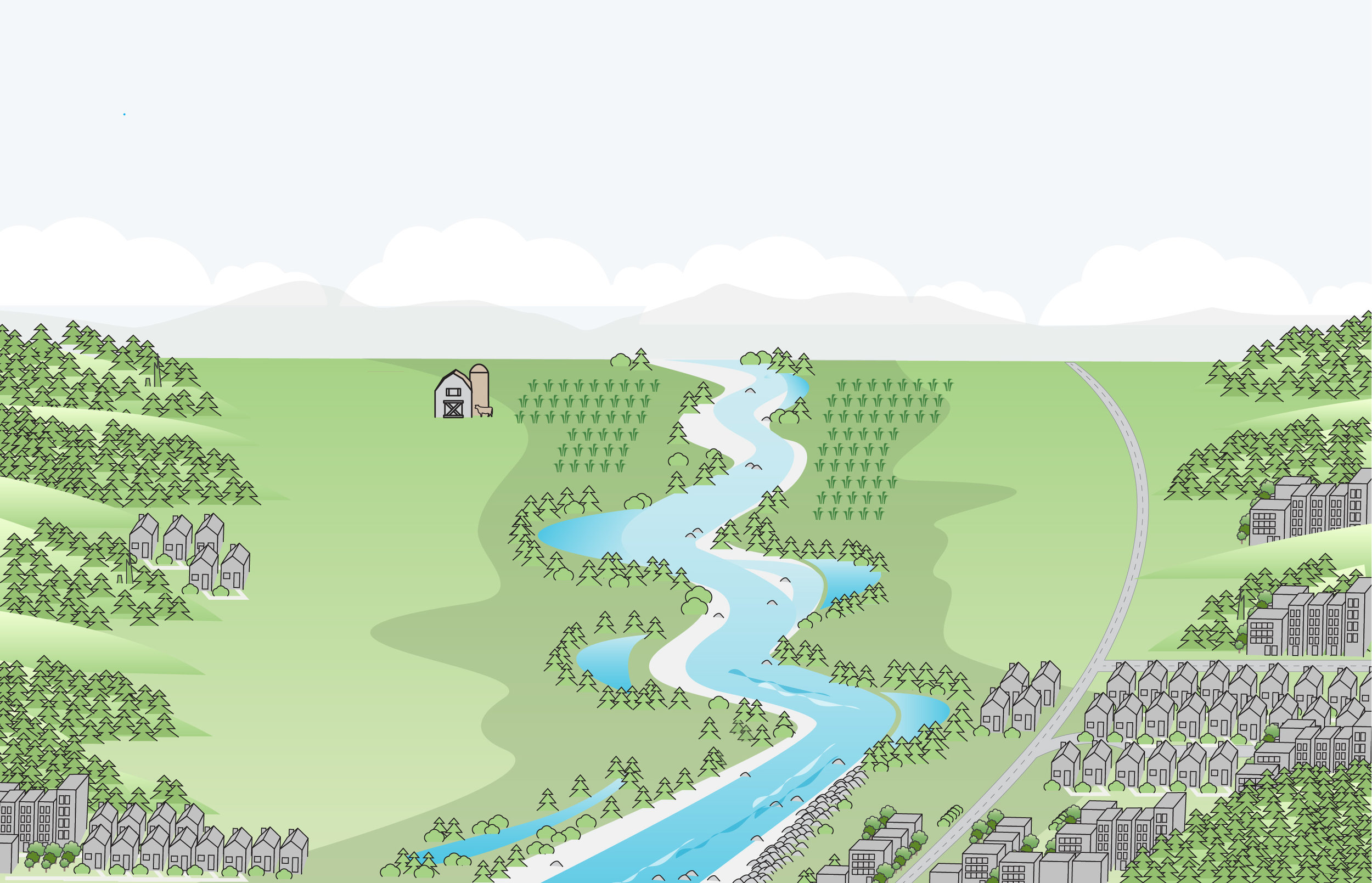By Ailene Ettinger, Quantitative Ecologist
Phenology is the study of the timing of recurring biological events.
You’ve probably heard the expression “timing is everything” and, indeed, when events such as flowering or insect emergence occur can determine life or death. If a tree bursts its buds too early in the spring, for example, frost may damage or kill the new leaf tissue. If it bursts its buds very late, on the other hand, it may be at a competitive disadvantage compared to other trees that began photosynthesizing and growing earlier in the season.
Phenology refers to timing of all kinds of organisms, not just plants: when insects emerge, calves are born, or the salmon run occurs.
When the flowers bloom affects the critters that feed on them, like this Anna’s hummingbird. © Kelly Compton/volunteer photographer
Biologists have studied phenology for centuries. Now this work has renewed importance in the face of climate change. With recent warming, many trees are bursting their buds earlier in the spring, and birds and insects have shifted the timing of their migrations or other activities.
Shifts in phenology are one of the most widely observed biological signals of climate change.
What are the implications of shifts in phenology? This is an active area of research. Some studies suggest that organisms that have shifted their timing with recent warming have benefited (showing increased growth or greater population sizes) compared to those that have not shifted their phenology as temperature have warmed.
Other studies have found that species that depend on one another, such as a predator and its prey or a plant and its pollinator, are shifting their phenology at different rates, leading to mismatches in their timing that can be harmful.
Phenology also includes studies of when fawns and calves are born. © John Marshall
One thing that has become clear is that shifts in phenology with climate change are widespread, affecting diverse species and ecosystems all around us, from wine grapes and Douglas-fir trees to salmon and apple trees.
Our challenge moving forward is to understand these and other important biological signals of climate change and use this knowledge to improve management of our natural resources in a changing climate.
Banner photo © Don Knoke


























